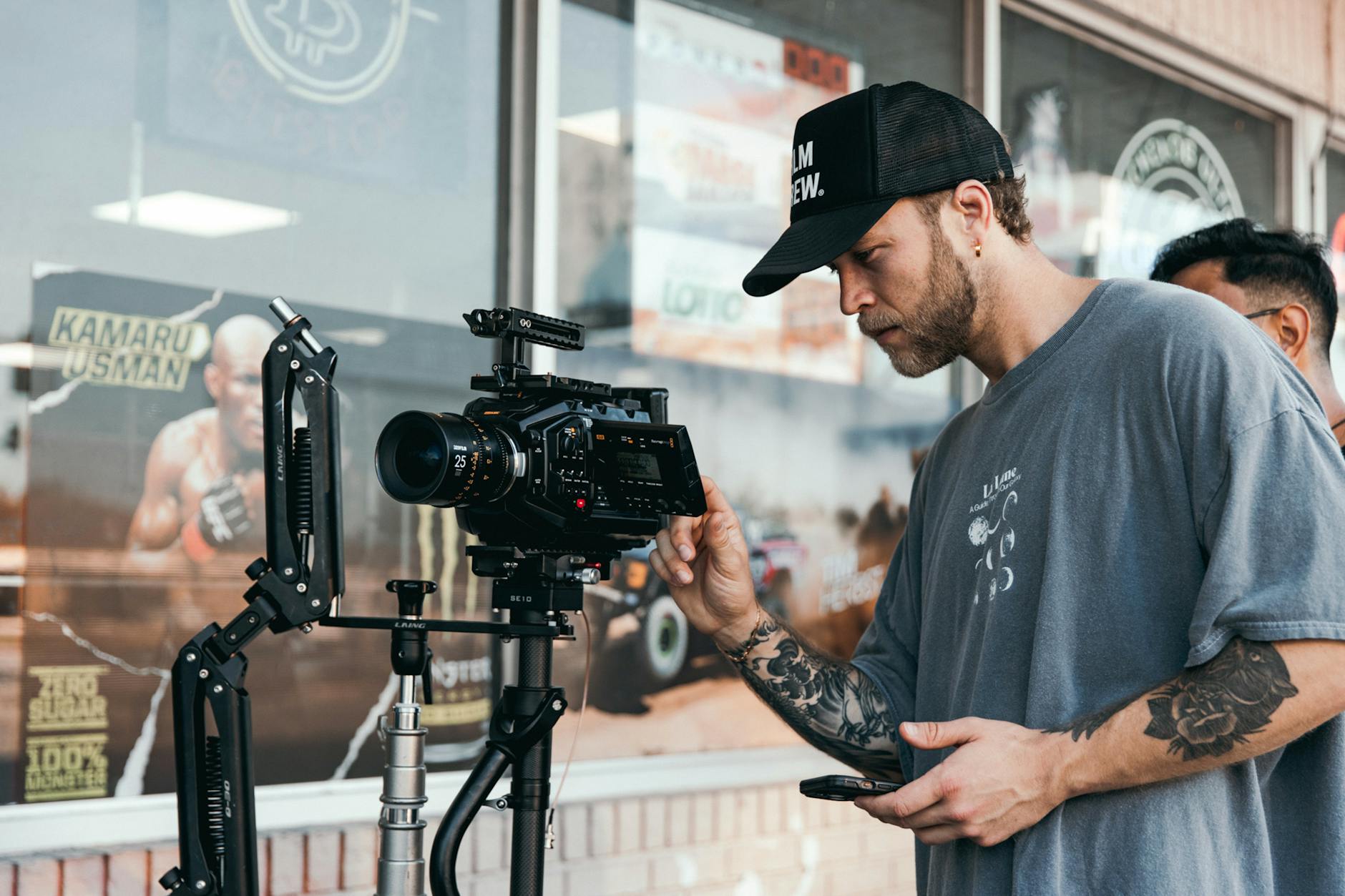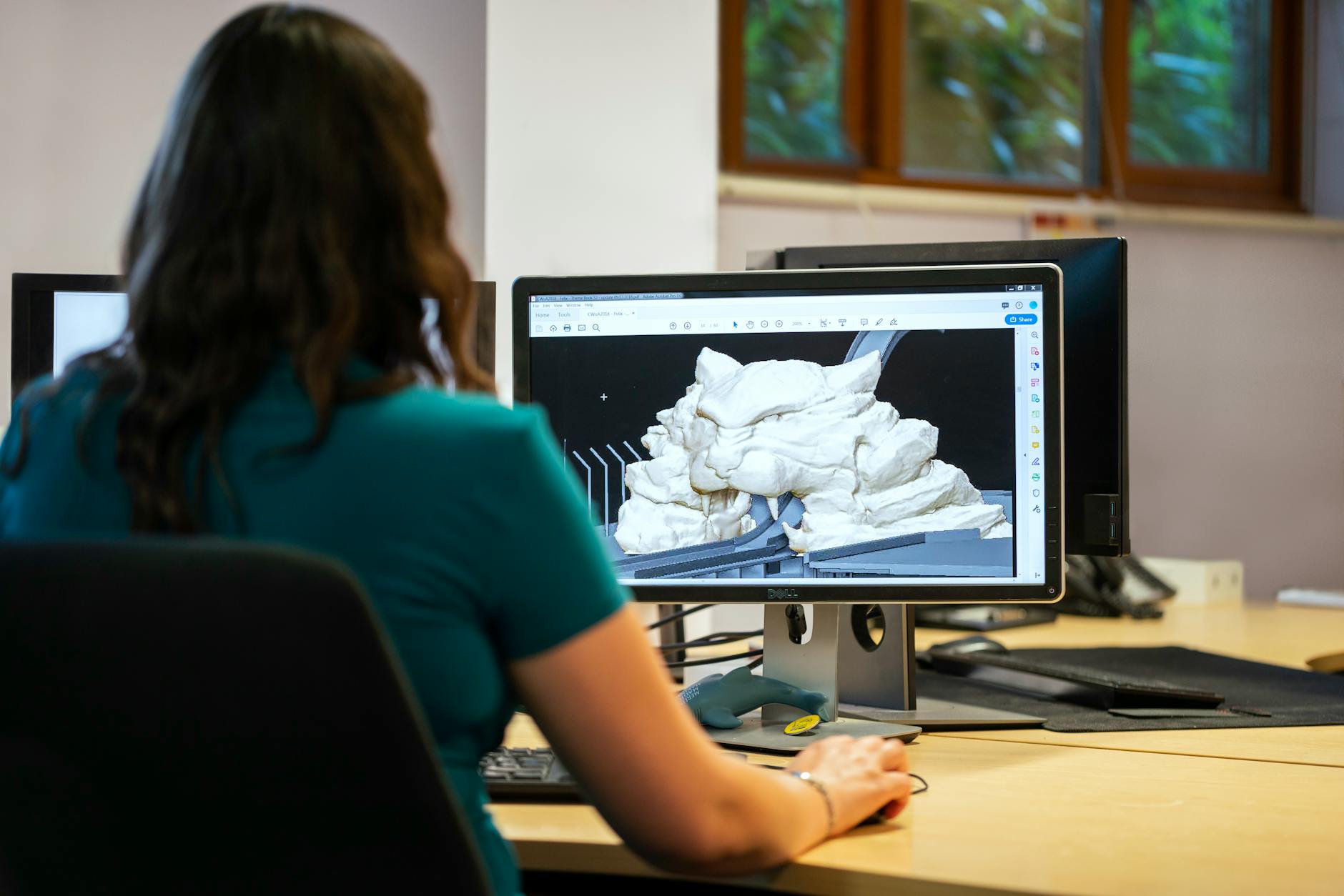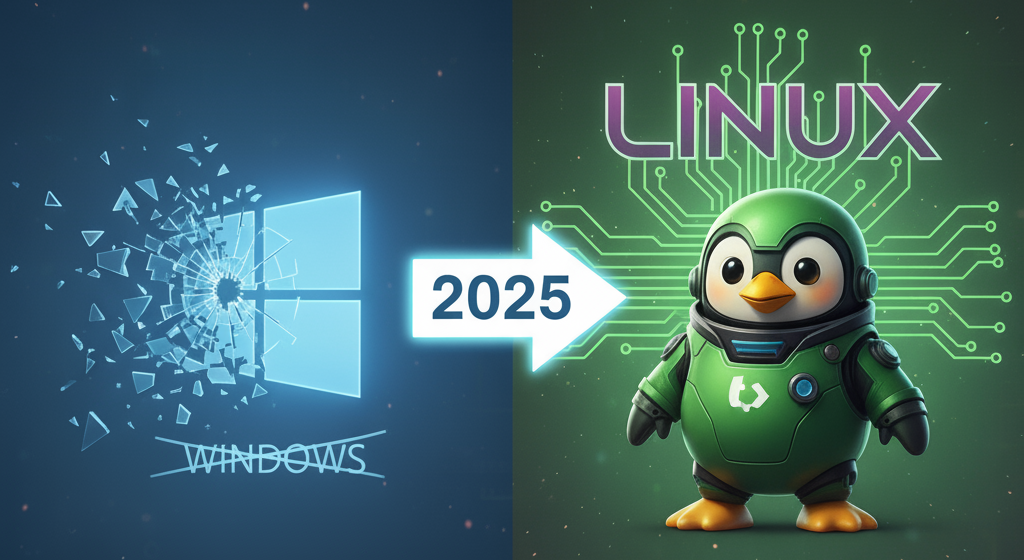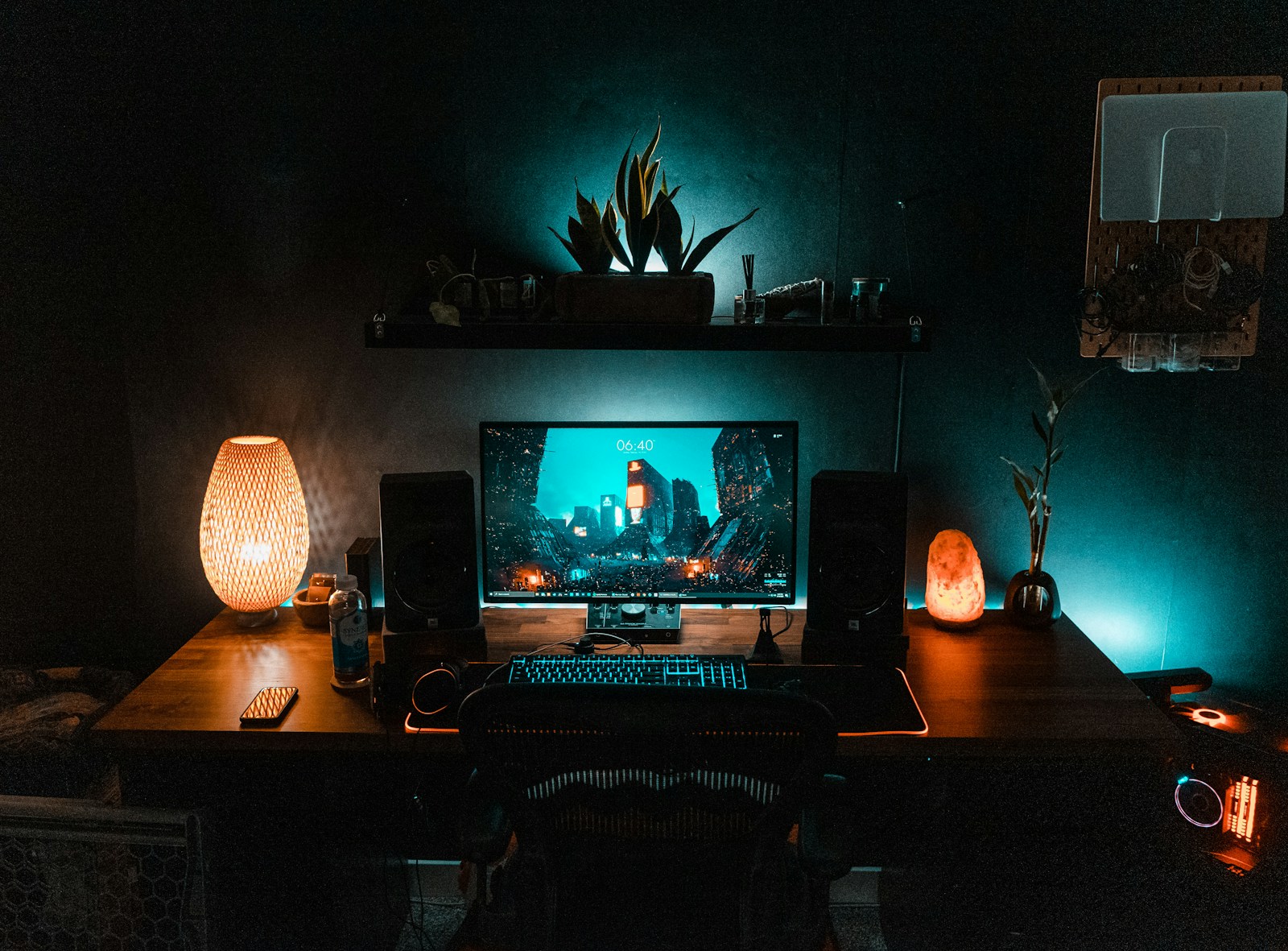Let’s be honest. For years, a stubborn myth has echoed through creative and tech communities: for serious, professional-grade video editing, you’re locked into the ecosystems of Windows or macOS. Linux, for all its power and flexibility in development and server management, was often dismissed as a playground for hobbyists, not a serious workshop for video professionals.
That time is definitively over.
Welcome to 2025, where the Linux video editing landscape is not just viable; it’s vibrant, powerful, and incredibly diverse. The open-source community, combined with commercial players recognizing the platform’s potential, has cultivated a suite of video editing tools that cater to every imaginable user. Whether you’re cutting your first family vacation video, a burgeoning YouTuber, or a seasoned professional working on a feature film, Linux has a world-class solution waiting for you—and very often, it’s completely free.
This guide is here to shatter that old myth for good. We’re going to take a deep dive into the best video editors available for Linux today. But this isn’t just a list. We’ll explore each option through a persona-based lens, helping you find the perfect tool that aligns with your specific needs, your workflow, and your ambition.
What to Look for in a Linux Video Editor
Before we jump into the software itself, let’s establish a framework. Choosing the right editor is a personal decision that depends on a few key factors:
- Your Skill Level: Are you terrified of a complex timeline, or do you feel at home with nodes and keyframes? Some editors prioritize simplicity, while others offer limitless depth at the cost of a steeper learning curve.
- Project Complexity: Are you making simple cuts and adding background music, or are you producing a 4K documentary with complex color grading and visual effects? The demands of your project will quickly narrow down the field.
- Hardware and Performance: Modern video editing, especially with high-resolution footage, is resource-intensive. Some editors are better optimized for GPU hardware acceleration (using your graphics card to speed up rendering), which can be a game-changer for performance.
- The “Right” Features: Do you need multi-camera support? Advanced audio mixing? A best-in-class color correction suite? Every editor has its strengths, and knowing what you can’t live without is crucial.
With that in mind, let’s meet the contenders.
The Contenders: A Persona-Based Showdown
We’ve broken down the best Linux video editors based on who they serve best. Find your profile and discover your next favorite tool.
Category 1: For Beginners, Hobbyists, and Aspiring YouTubers

You’re just starting out. You need a tool that is intuitive, doesn’t overwhelm you with a million buttons, but is still capable enough to produce polished, great-looking videos. Your priorities are ease of use and a gentle learning curve.
Kdenlive: The Powerful All-Rounder
Think of Kdenlive as the best open-source answer to Apple’s iMovie—a fantastic, all-purpose video editor that perfectly balances power and simplicity. It’s often the first recommendation for new Linux users, and for good reason.
- Who is it for? Beginners who want a tool they can grow with, and intermediate users who need a reliable workhorse for straightforward projects.
- The Good:
- Incredibly Flexible Interface: Kdenlive’s layout is fully customizable. You can move, resize, and save different panel layouts to perfectly suit your workflow, which is a feature often found in premium software.
- Wide Format Support: It handles almost any video or audio format you can throw at it, saving you the headache of converting files before you even start editing.
- Rich Feature Set: Don’t let its accessibility fool you. It comes packed with a good selection of effects, transitions, audio scopes for balancing sound, and even basic proxy editing (using lower-resolution copies of your files for smoother editing).
- What to Consider: While powerful, it can sometimes feel less “polished” than commercial alternatives. Performance with very heavy 4K files can vary depending on your hardware.
OpenShot: The Champion of Simplicity
If Kdenlive is a great starting point, OpenShot is the gentlest possible on-ramp to the world of video editing. If the thought of a complex timeline makes you nervous, OpenShot is designed for you.
- Who is it for? Absolute beginners, students, or anyone who looks for simple video editor for linux and needs to create a simple, clean video in the shortest amount of time possible.
- The Good:
- Unbeatable Ease of Use: OpenShot has one of the most straightforward and user-friendly interfaces on the market. It’s designed to be picked up in minutes, not hours.
- Great for Core Tasks: It excels at the fundamentals: trimming clips, mixing audio, adding simple titles, and applying transitions. Its collection of built-in transitions is particularly impressive for a free tool.
- Cross-Platform: It works identically on Linux, Windows, and Mac, making it a great tool for collaborative projects in mixed-OS environments.
- What to Consider: Its simplicity is also its main limitation. For complex projects, you’ll quickly run into its ceiling. Rendering complex animations or effects can be slow.
Category 2: For the “Prosumer” and Advanced Enthusiast

You’ve mastered the basics. Your projects are getting more ambitious, involving 4K footage, more complex edits, and a greater need for technical control. You’re not afraid of a learning curve if it unlocks more power and looking for more powerful video editor for Linux.
Shotcut: The High-Resolution Powerhouse
Shotcut occupies the space just above Kdenlive and OpenShot, catering to the user who is ready for more advanced features without wanting to jump to a full-blown professional suite.
- Who is it for? YouTubers working in 4K, filmmakers on a budget, and hobbyists whose projects are growing in complexity.
- The Good:
- Excellent 4K Support: This is one of Shotcut’s main selling points. It handles high-resolution footage efficiently, making it a go-to for creators who prioritize image quality.
- Advanced Timeline Features: Shotcut allows for native timeline editing, meaning you don’t always have to import and convert files, which can be a huge time-saver.
- Great Audio Tools: It includes a solid set of audio filters and mixing capabilities that are a step up from more basic editors.
- What to Consider: The interface, while powerful, is less intuitive than OpenShot or Kdenlive. It has a steeper learning curve, but thankfully, the developers provide a wealth of video tutorials to guide you.
Category 3: For the Professionals, VFX Artists, and Uncompromising Creatives

You accept no compromises. You need industry-standard tools for color grading, visual effects, and audio mastering. Your work demands the absolute best, and you need a video editor for linux that is stable, powerful, and precise.
DaVinci Resolve: The Hollywood Studio in a Box (for Free)
This is the software that completely changes the conversation. DaVinci Resolve is, without exaggeration, the most powerful free video editing suite available on any platform. Developed by professional camera and equipment manufacturer Blackmagic Design, it’s a top-tier program used on countless Hollywood films and TV shows.
- Who is it for? Professional editors, colorists, audio engineers, and serious filmmakers who need an all-in-one solution.
- The Good:
- Industry-Standard Color Correction: Resolve’s color grading tools are legendary. It is the undisputed king of color, offering a level of control that other editors simply can’t match.
- An All-in-One Suite: It’s not just an editor. It integrates world-class tools for editing, color, visual effects (Fusion), and audio post-production (Fairlight) into a single, seamless application.
- Incredible Free Version: The free version of video editor for linux is astonishingly capable, offering up to 4K exports and nearly all the features a professional needs. The limitations are mostly aimed at high-end studio collaboration.
- What to Consider: The learning curve is a vertical wall. This is a deeply complex piece of software that requires significant time to master. It’s also very demanding on hardware, requiring a powerful computer with a good GPU to run smoothly.
Blender: The VFX and 3D Powerhouse
While world-famous as a 3D modeling and animation suite, many are surprised to learn that Blender also includes a remarkably capable non-linear video editor (NLE).
- Who is it for? 3D artists, VFX specialists, and filmmakers whose work involves heavy integration of computer-generated imagery and live-action footage.
- The Good:
- Unbeatable 3D/VFX Integration: This is Blender’s superpower. You can seamlessly switch from editing your timeline to creating a complex 3D animation or tracking a visual effect onto your footage, all within the same program.
- Best-in-Class Motion Tracking: VFX experts have called Blender’s camera and object tracker one of the best on the market, making it phenomenal for compositing work.
- Completely Free and Open Source: Like the rest of Blender, the VSE (Video Sequence Editor) is 100% free, with no strings attached.
- What to Consider: As a pure video editor, it’s less intuitive and feature-rich than dedicated NLEs like Kdenlive or Resolve. The workflow can feel unconventional if you’re used to traditional editing software. Its strength lies in its integration with the 3D toolset.
At a Glance: Feature Comparison Matrix
To help you visualize the options, here’s a quick comparison of our top picks.
| Editor | Best For | Price | Key Feature | Learning Curve |
| Kdenlive | All-purpose editing, iMovie alternative | Free | Customizable layout, wide format support | Easy |
| OpenShot | Absolute beginners | Free | Extreme simplicity, excellent transitions | Very Easy |
| Shotcut | Advanced users, 4K editing | Free | Native 4K support, advanced timeline editing | Moderate |
| DaVinci Resolve | Professionals, all-in-one suite | Free (with paid Studio version) | Hollywood-grade color correction and effects | Very High |
| Blender | VFX artists, 3D integration | Free | Integrated 3D/VFX workflow, superior motion tracking | Very High |
Which Distro is Best for Editing?
While your video editor for Linux is the star of the show, the Linux distribution you choose is the stage it performs on. There’s no single “best” distro for video editing; the right choice depends on whether you prioritize rock-solid stability for a production environment or cutting-edge features for maximum performance. Your choice often comes down to philosophy. If you value a polished, reliable experience, you might weigh the pros and cons of different approaches, such as in our Zorin OS vs. Fedora analysis.
Conversely, for peak performance, don’t overlook gaming-focused distributions. They often come pre-packaged with the latest graphics drivers and performance tweaks that are just as crucial for video rendering as they are for gaming. You can explore these options in our guide to the best gaming distros.
The beauty of Linux is its flexibility, and any system can be optimized. Advanced users can squeeze out every bit of power by following our Linux performance tuning guide , while those on older hardware can find new life for their machines by reviving old laptops with lightweight distributions. Ultimately, the best distro is the one that supports your hardware and lets you focus on your creativity.
Final Thoughts: Your Vision, Your Choice
The Linux video editing ecosystem in 2025 is a testament to the power of both open-source collaboration and commercial innovation. The question is no longer if you can create professional videos on Linux, but simply which of the incredible tools at your disposal you’ll choose to master.
Your final decision rests on your personal needs:
- For the beginner: Start with OpenShot for its unmatched simplicity, or choose Kdenlive if you want a powerful tool you can grow with for years to come.
- For the advancing enthusiast: Shotcut provides the 4K support and deeper feature set you need to elevate your projects.
- For the uncompromising professional: DaVinci Resolve offers an industry-standard, all-in-one production suite for free that is simply unparalleled.
- For the VFX wizard: Blender delivers a unique and potent workflow that seamlessly merges the worlds of video editing and 3D creation.
Whichever path you choose, you can be confident that the tools available on Linux are more than capable of helping you bring your creative vision to life. So install your video editor for linux of choice, import your footage, and start creating. The myth is officially busted.
Your video projects will often require graphic elements like thumbnails or custom titles. Explore the best tools for graphic designers on Linux to take your production value to the next level.







